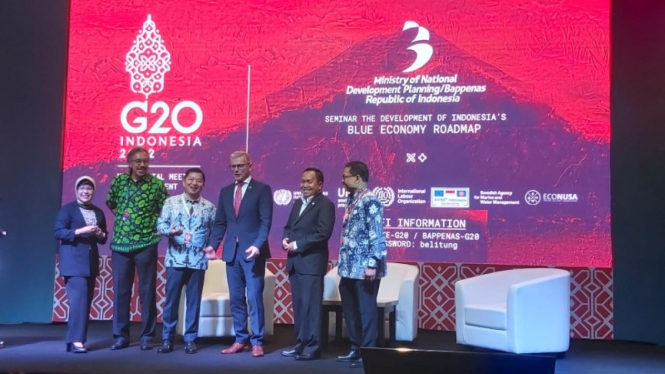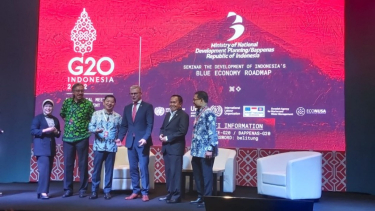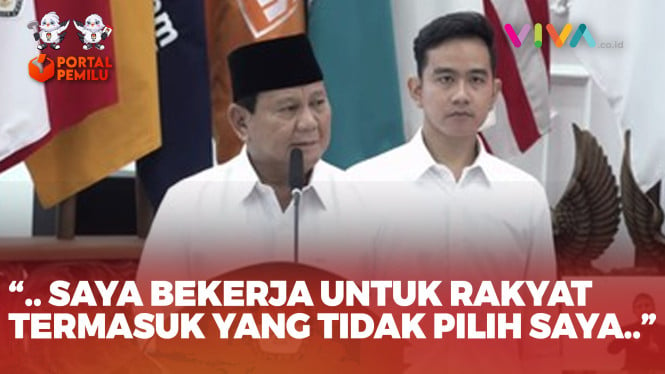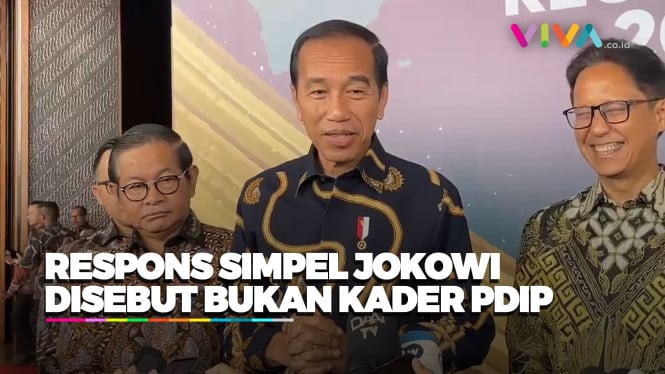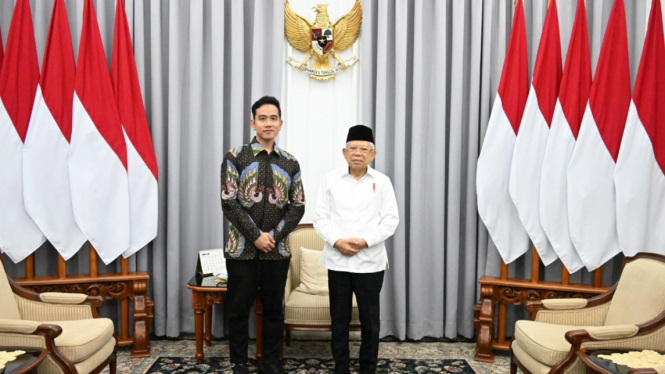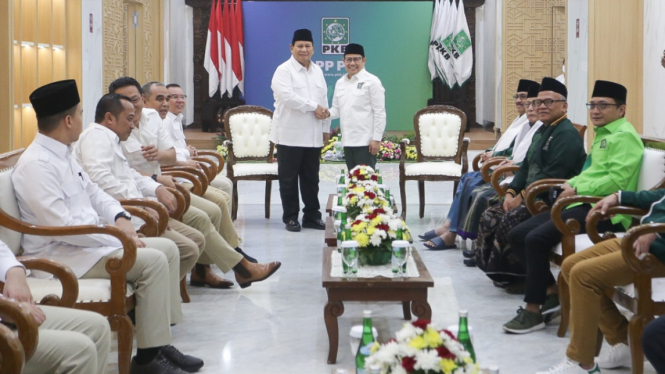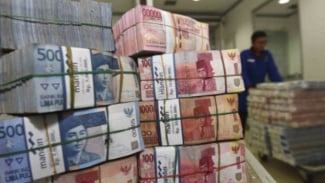- VIVA/Natania Longdong.
VIVA – The Denmark Minister for Development Cooperation, Flemming Moller Mortensen expressed his support for Indonesia in developing the blue economy at the G20 side event. The blue economy is a booster of demand for clean energy supplies.
In addition, Flemming Moller Mortensen also discussed the urgent worldwide energy transition. He conveyed that there are three points that he highlights regarding the blue economy at the G20 Presidency, next November.
"A strong blue economy must be based on a fair and equitable green energy transition. The blue economy and the green energy transition must go hand in hand and we make the energy transition a priority in the G20," he said while speaking at BWI Hotel Belitung on Wednesday, September 7, 2022.
Menteri Kerja Sama Pembangunan dan Kerja Sama Nordik Denmark, Flemming Moller Mortensen.
- VIVA/Natania Longdong.
Then, Flemming conveyed that they needed a strong public-private partnership in a blue economy across national and regional sectors. In this case, an ambitious, specific and transparent policy framework is needed as the key to attracting investors.
"In addition, a transparent policy framework is key to creating investor confidence and to attracting private investment to the blue economy," Minister Flemming remarked.
And third point, in running this blue economy, Flemming said that it requires strong regional and multilateral collaboration to address the cross-border problems of the blue economy.
He acknowledged that Denmark and several other countries are working to increase the absorption of clean energy. For example, increasing solar power installations up to four times in 2030.

